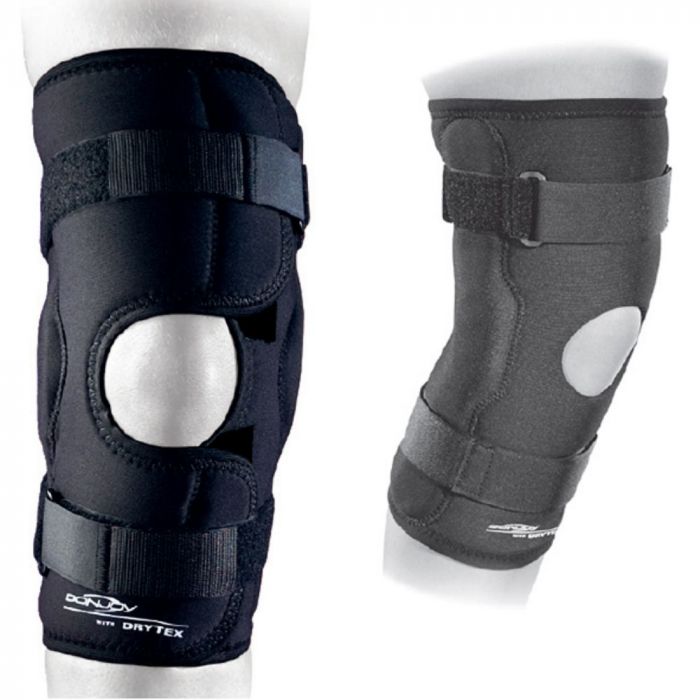If you’ve been told that you’ll need to wear a knee brace after surgery, you might be feeling nervous about what this will mean for your day-to-day life. Wearing knee braces may not seem like it would make any difference, but there are many reasons why people decide to wear these braces after their surgeries, and many of them have to do with improving comfort and allowing the knee joint to heal properly. Learn more about knee braces by reading the following guide.
Uses of knee braces
If you’re wearing a knee brace, it’s likely because your doctor has recommended you wear one. There are numerous benefits to wearing knee braces for both those who suffer from and do not suffer from various types of injuries. Those suffering from ACL (anterior cruciate ligament) or PCL (posterior cruciate ligament) tears are encouraged to use knee braces during their recovery time.
Types of knee braces
Anytime your knee takes an impact, whether it’s from a ski run or simply standing up from a chair, you are at risk for injury. There are many different types of knee braces available depending on your level of activity and injury. Two common braces include The wrap-around brace: A soft brace that wraps around your knee with extra padding in certain areas to help protect against injuries such as meniscus tears, ACL tears, patellar tendonitis (jumper’s knee), arthritis and tendonitis. The hard shell brace: A hard plastic shell that encases your entire leg below the kneecap. It is usually used after surgery or after injury to help stabilize bones while they heal.
How Do I Choose the Right Knee Brace?
Once you’ve determined that you need a knee brace, your next step is to narrow down your options. There are several different types of knee braces available on today’s market, but they can be generally categorized into two types: Over-the-counter and prescription. Before making any purchases, make sure to do research on which brace will be most beneficial for your injury.
Myths About Knee Braces
They’re uncomfortable and don’t work. A knee brace can actually relieve pain while also increasing stability in your knee joint. However, there are several myths about braces that you should know before choosing one for yourself. For example, it’s common to believe that a knee brace will make your leg feel heavier or less mobile—but many of today’s braces are designed with comfort in mind. In fact, some even allow you to continue wearing them after surgery if necessary. Another myth is that braces only treat osteoarthritis—while they do help people with osteoarthritis of their knees, they can also be used by those who have had ACL injuries or other conditions affecting their knees. Finally, people often think that braces are only for older adults; however, knee braces can actually benefit anyone whose knee joints aren’t functioning properly. If you want to learn more about how a knee brace could improve your quality of life.

